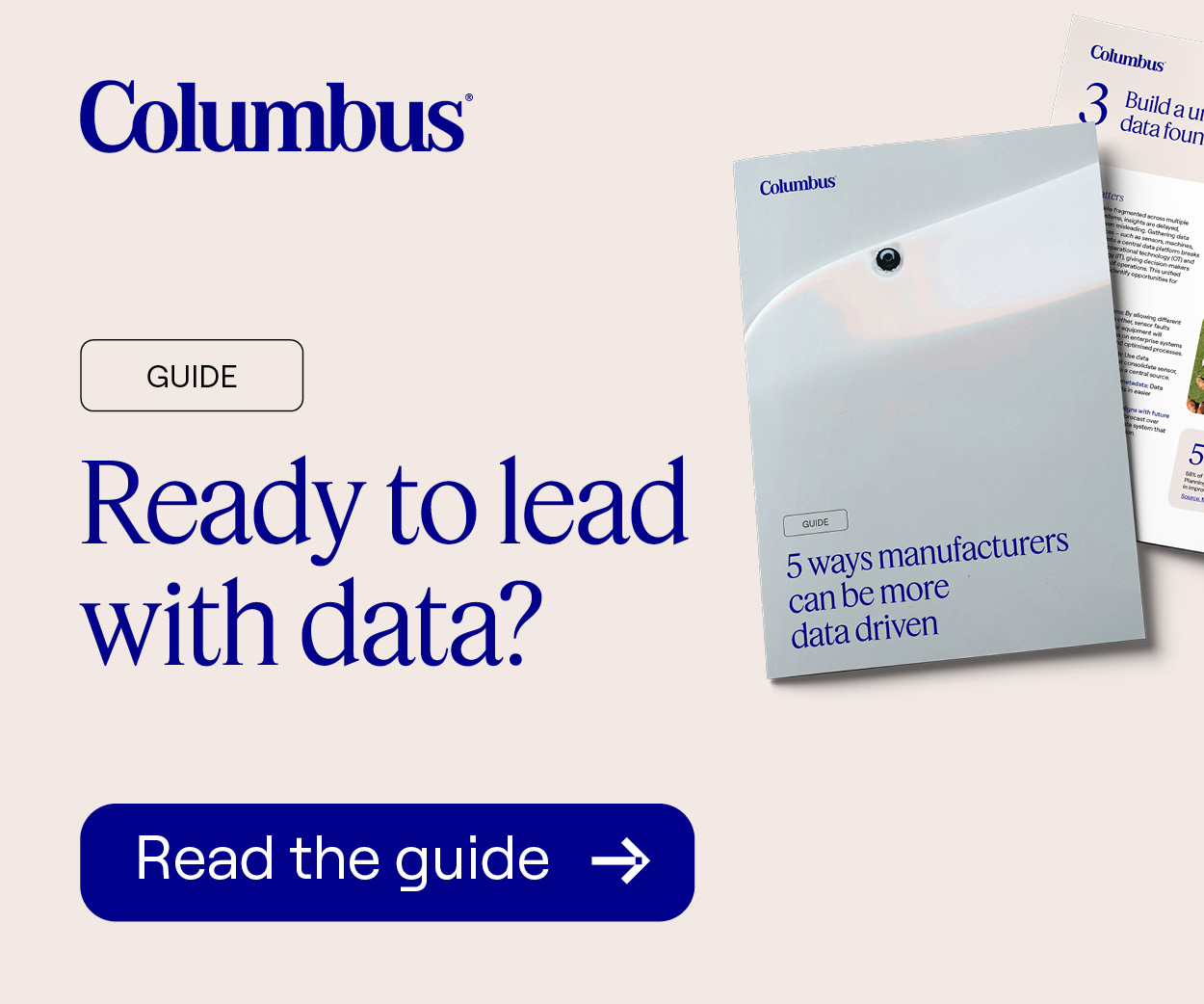Recent Thales research, B2B IAM – The Hidden Value of Third-Party Identities, suggests 71% of the identities managed by entities in the manufacturing sector belonging to non-employees (i.e., customers, partners, vendors, and contractors), it’s no wonder that identity security has emerged as a top business concern and a top target for criminals.
Mandiant reported that stolen credentials were one of the top two initial vectors for ransomware attacks, and research from Google Cloud revealed that weak credentials were one of two prevalent causes of cloud-based attacks; a weak point for manufacturers, who experience more cloud infrastructure attacks than those in any other sector.
Compounding the credential problem is the fact that manufacturers have not only their own access but also that of their suppliers to deal with. In an industry that relies on third parties, weak identity management could open the door for attackers looking for an easy, high-value win.
B2B IAM, an emerging sector of the IAM market, distinct from WIAM, CIAM, and IGA, is the answer to providing the protected third-party access manufacturers need.
The digital demands of manufacturing suppliers
In addition to external cyber threats, manufacturers face the day-to-day challenges of getting B2B identity interactions “right.” This means facilitating a secure login that does not disrupt business or aggravate valuable supply chain vendors.
Bad digital experiences can frustrate users enough to stop doing business with your organization, and 87% of consumers have reported losing their patience online within the past 12 months. That’s the last thing you want to do to your valuable suppliers. Yet, to make things simpler, many manufacturers run the opposite risk: granting too many permissions and not doubling down enough on security.
Unnecessary permissions can introduce digital safety risks, especially as external uses carry their own data privacy risks, and allowing access to legacy applications can compound the problem further. These systems often lag behind in state-of-the-art cybersecurity and identity management. Other third-party IAM concerns include the burden of onboarding and offboarding B2B users securely, as well as the process of handling the entire cross-organizational access lifecycle.
Manufacturers must consider:
- The UX of suppliers’ users.
- Whether or not to grant access.
- Revoking access after project termination or for certain assets.
- Providing suppliers with self-service options.
- Data privacy concerns given the likelihood of third-party attacks.
These issues must be accounted for securely, and currently, no traditional IAM tools fulfill these boxes in a way that makes sense for distributed entities.
Why typical IAM solutions don’t work well for B2B interactions
The IAM solutions today are varied and capable, but none address the full range of identity management issues faced by manufacturers who must manage supplier sign-ons and other related issues.
Here are the main two currently in use:
- Workforce Identity & Access Management (WIAM) is used mainly to manage internal employee identities but falls short when forced to manage external vendors.
- IGA (Identity Governance Administration) solutions are more comprehensive, providing manufacturers with role-based access control (RBA), strong governance, and detailed compliance auditing, but again, their strengths lie mainly internally, and they lack the robustness to deal with cross-organizational access and external user management.
Ultimately, in an environment where supply chains are often the object of attack and stolen credentials are most frequently one of the top two attack vectors, a solution that favours third-party identity management first is needed.
B2B IAM is geared towards third parties identities
True B2B IAM is in a league all its own. Taking elements from WIAM and IGA, it is something greater than the sum of those two parts by tailoring them for external identity management.
This fills a niche that desperately needs to be filled in the global manufacturing supply chain. No more round pegs in square holes, making internally geared IAM tools work in a piece-meal way for third parties. Instead, B2B IAM solutions excel when it comes to facilitating secure cross-organizational access, offering advanced consent management and privacy mechanisms that comply with widely applicable data privacy laws like GDPR, CCPA, and more.
Finally, the ability to customize and seamlessly integrate also makes B2B IAM not only a great security choice but also a valuable business proposition. As noted in the Thales research mentioned at the start, “B2B IAM is as much about operational efficiency and business enablement as it is about security, and as such, it is a board-level topic that C-suite executives need to be aware of.”
The right B2B IAM solution will allow for remote onboarding, operating on an invitation-based process complete with automated identity verification and self-service portals; per the Thales Consumer Digital Trust Index report, 80% of consumers now expect a digital onboarding experience. With delegated user management and built-in scalability, a B2B IAM tool is made for organizations juggling complex cross-organizational digital demands.
Ultimately, given the vital role suppliers play in the manufacturing industry, coupled with the frequency of third-party and credential-based attacks, the shift towards a B2B IAM solution built for external users is more than sensible; it’s inevitable.
For more articles like this, visit our Digital Transformation channel.




